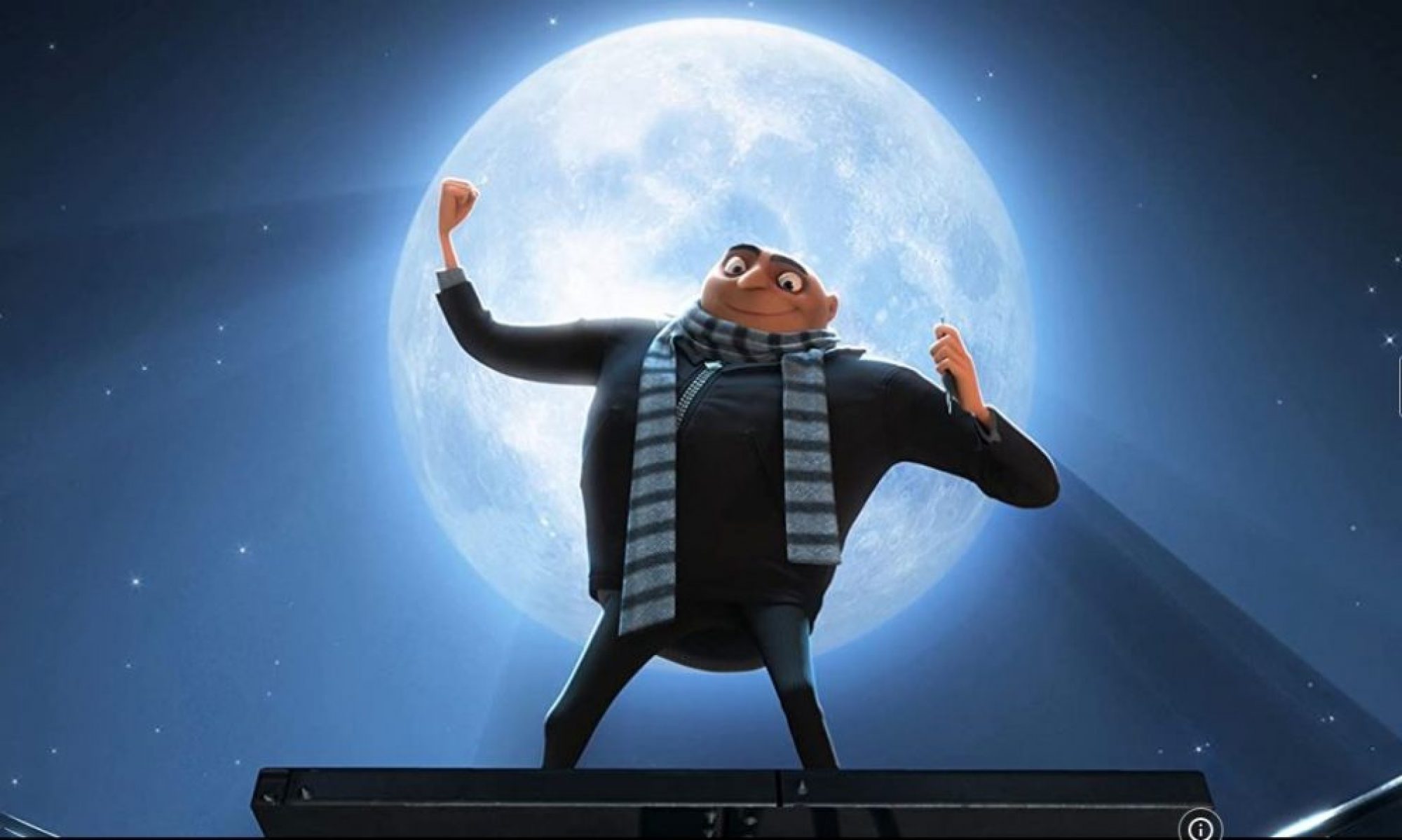For this part of the thesis I created a document with the articles names and links and as I read what I found, I would write some notes to know what it was about, good or bad, useful or not, possible important quotes that might help explain my theory.
Of course, research takes time as there are things that do not matter, but as a researcher we need to read in order to exclude or not. I was quite surprised that there were so many studies and research on female representation in animation and interesting studies regarding the main eras of disney and stereotype evolution, evaluations on what impact it has on children. Exactly what i was looking for. Most of these articles are about gender and stereotype and mostly about disney, as much as I want to include other studios, the beginning of everything was indeed with Disney, so all the rest comes after.
Books:
The 3 books I believed were important are down to one: Gender Trouble by Judith Butler. It is an extremely interesting book, everyone should read and try to understand, even spoken about more. This book is going to be addressed in the first chapter as I see it as an introduction to the subject, before understanding a problem, its origin must be studied. The subject is gender and sex, therefore identity is also a strong point in this books theory. It dismantles these 3 concepts and defends that they are manipulated according to culture and era where it is occurring (on each individual) and suggests solutions for a problem with so many years in society.
Articles:
Articles are the main information source of my thesis, I did find a lot of interesting papers, although I noticed a favouritism for frozen, literally everything speaks of frozen as it is such a great turning point in womens representation and storytelling in a disney princess movie. Another confusing thing is the characters that are princesses and the ones who aren’t, when speaking of representing women in animation everything is about princesses. Makes sense, unfortunately most movies where a female character is the protagonist is about a princess – who is not even the hero of her own story.
- “Gender and Speech in a Disney Princess Movie” by Azmi, N.J.
- “Viewing the Disney Movie Frozen through a Psychodynamic Lens” by Christopher Kowalski & Ruchi Bhalla
- The Criterion: “Changing World with Disney” by Aditi Joshi
- “Gender Roles in Disney Films: Analyzing Behaviors from Snow White to Simba” by Keisha L. Hoerrner
- “Gender Roles in Animated Cartoons: Has the Picture Changed in 20 Years?” by Teresa L. Thompson and Eugenia Zerbinos
These articles all speak about the impact of stereotypes in animation on young children, what they retain from it and how they may express it during teenage years.
The research papers were also useful but will not be addressed as much, the referencing of those documents was used to look for more information. Of course, some of these articles are paid and it is hard to access some of them, I was able to due to my mother as she is a university teacher. Papers from other students are really good as a way to understand how the research was conducted throughout the study as well as referencing.
An interesting aspect I noticed is, dreamworks animation movies don’t really have females as protagonists, although there is a strong female presence, most movies are about male characters. I did look for more information on this, but it seems like its not a very spoken subject.

